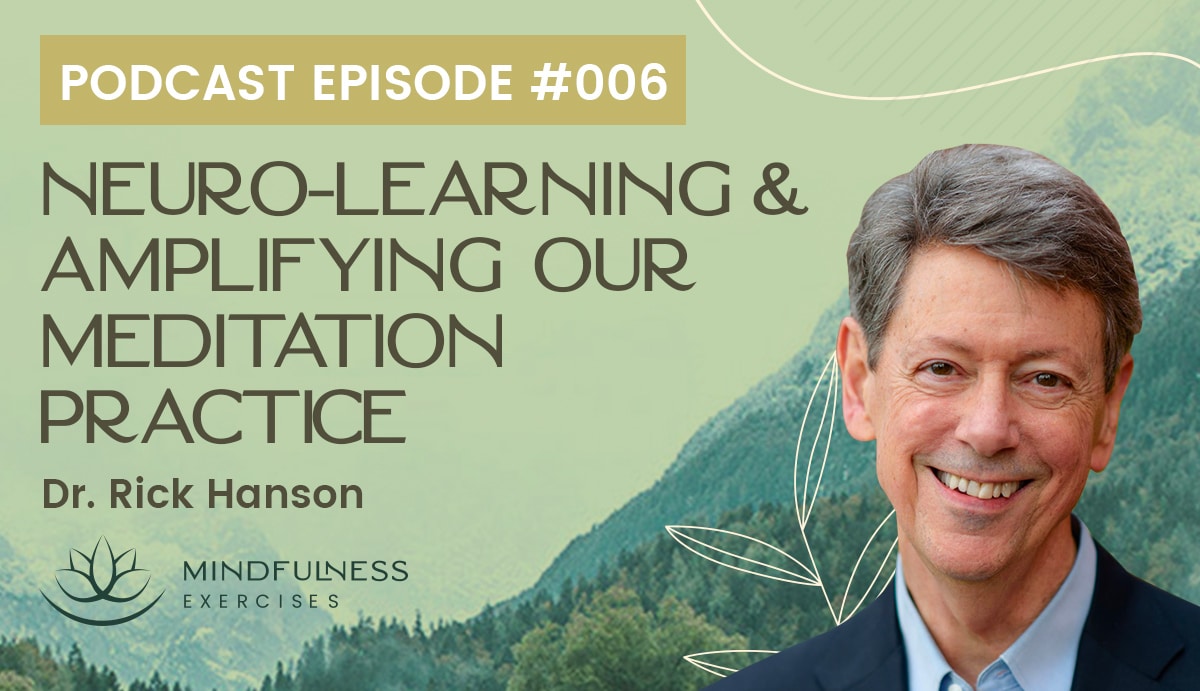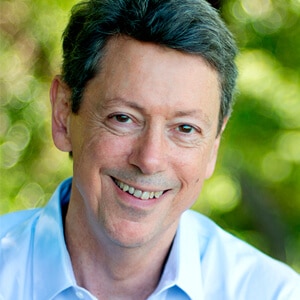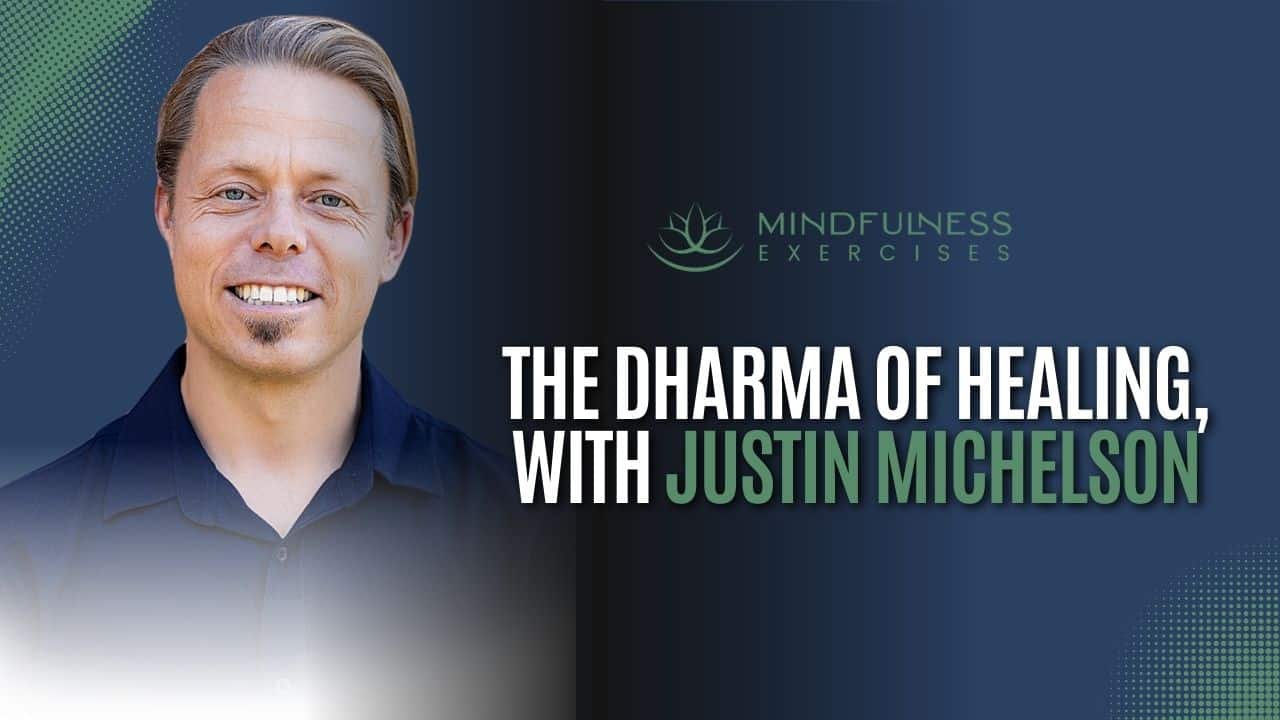Listen now

The human brain’s greatest asset is also its biggest curse. Fortunately, it doesn’t have to be that way. With mindfulness, we can change our brains, amplifying the results of our meditation practice.
In this episode we explore the relationship (and sometimes conflict) between doing and just being. Rick explains the unique function of the human brain’s midline cortex, geared towards planning and completing tasks. But also, the source of ruminating and over-thinking. Mindfulness, specifically the meditations Rick describes, decreases activity in this results-oriented network, allowing us to feel more at ease. We also dive deep into the absence of self in the brain, how to transform positive states into permanent traits, and why taking an interest in neuro-learning can amplify and speed the benefits of our practice.
Sponsored by our Mindfulness Meditation Teacher Certification Program
MindfulnessExercises.com/Certify
Show Notes:
The perceived conflict between mindfulness and action in the world
The fundamental practice of mindfulness is to ‘just be,’ resting in a state of choiceless awareness. And while sometimes this is all we can do, it’s not always a beneficial way of life. Dr. Hanson reminds us it’s a mistake to believe mindfulness and action are at odds with one another.
“A kind of misunderstanding has crept in that uses mindfulness in some ways to argue against forms of wise effort and other kinds of skillfulness … as if they’re at odds with each other. They’re not. It’s just that there’s a technical procedure of choiceless awareness that’s really useful and quite profound and increasingly we can hang out there. And in choiceless awareness only mindfulness is present (pretty much) but because only mindfulness is present in that meditative procedure, that doesn’t mean it should become a way of life.”
How suffering works in the brain, and why mindfulness is the answer
Activity in the midline of the cortex is beneficial, but it’s also the source of our suffering. Using mindfulness to intentionally engage other parts of the brain reduces suffering. Minimizing mental time travel, quieting verbal activity and sensing things as a whole are activities that activate networks outside the midline cortex.
“From a practical standpoint, if we want to suffer less, we want to get more regulation in effect over these midline processes and be able to engage other parts of the brain. Very interestingly, when we drop into mindful presence, we tend to engage networks on the side of the brain, and activity in the midline decreases.”
Why grounding in our own body makes us available for others
Breath and body awareness practices are ideal for keeping us present, grounding us in sensation, and promoting awareness of things as a whole. This trifecta leads to greater emotional intelligence and strengthens the three types of empathy.
“It’s quite interesting actually and profound that strengthening the sense of ‘me,’ in the sense of feeling grounded in our own body, makes us more available for ‘we.’ Fences make for good neighbors: the more we’re grounded here, the more we can be open to them there.”
The psychological lie that the self exists the way we think it does
There’s no one place in the brain that does a singular, permanent, independent ‘self.’ Instead, what we think of as the self is continually constructed. What we can find in the brain is more akin to a self that is compounded, impermanent, and independently arising.
“When people are engaged in self-referential activity, or they have a strong sense of ‘I’ or they’re describing themselves in some way, activations occur throughout the brain. There’s no place in the brain that does self, which is really interesting.”
Transforming states to traits
The fundamental process of healing, learning, growth and development entails moving from states to traits. We do this all too easily regarding negative states, but with mindfulness we can do the same with our positive states. Just being aware of the benefits you receive from meditation can help amplify those benefits.
“Focus on the felt sense of reward in what you’re developing, whatever it might be. We have this amazing power to use our minds, to change our brains, to change our minds. We have this amazing power in the innermost temple of our being to shape who we are becoming.”
Resources

About Dr. Rick Hanson
Dr. Rick Hanson is a psychologist, Senior Fellow of UC Berkeley’s Greater Good Science Center, and New York Times best-selling author. His latest book is titled Neurodharma: New Science, Ancient Wisdom, and Seven Practices of the Highest Happiness. In it, Dr. Hanson presents mindfulness exercises for strengthening the neural circuitry of profound contentment and inner peace.
He’s lectured at NASA, Google, Oxford, and Harvard, and taught in meditation centers worldwide. An expert on positive neuroplasticity, his work has been featured on the BBC, CBS, NPR, and other major media. He began meditating in 1974 and is the founder of the Wellspring Institute for Neuroscience and Contemplative Wisdom. He loves wilderness and taking a break from emails.



